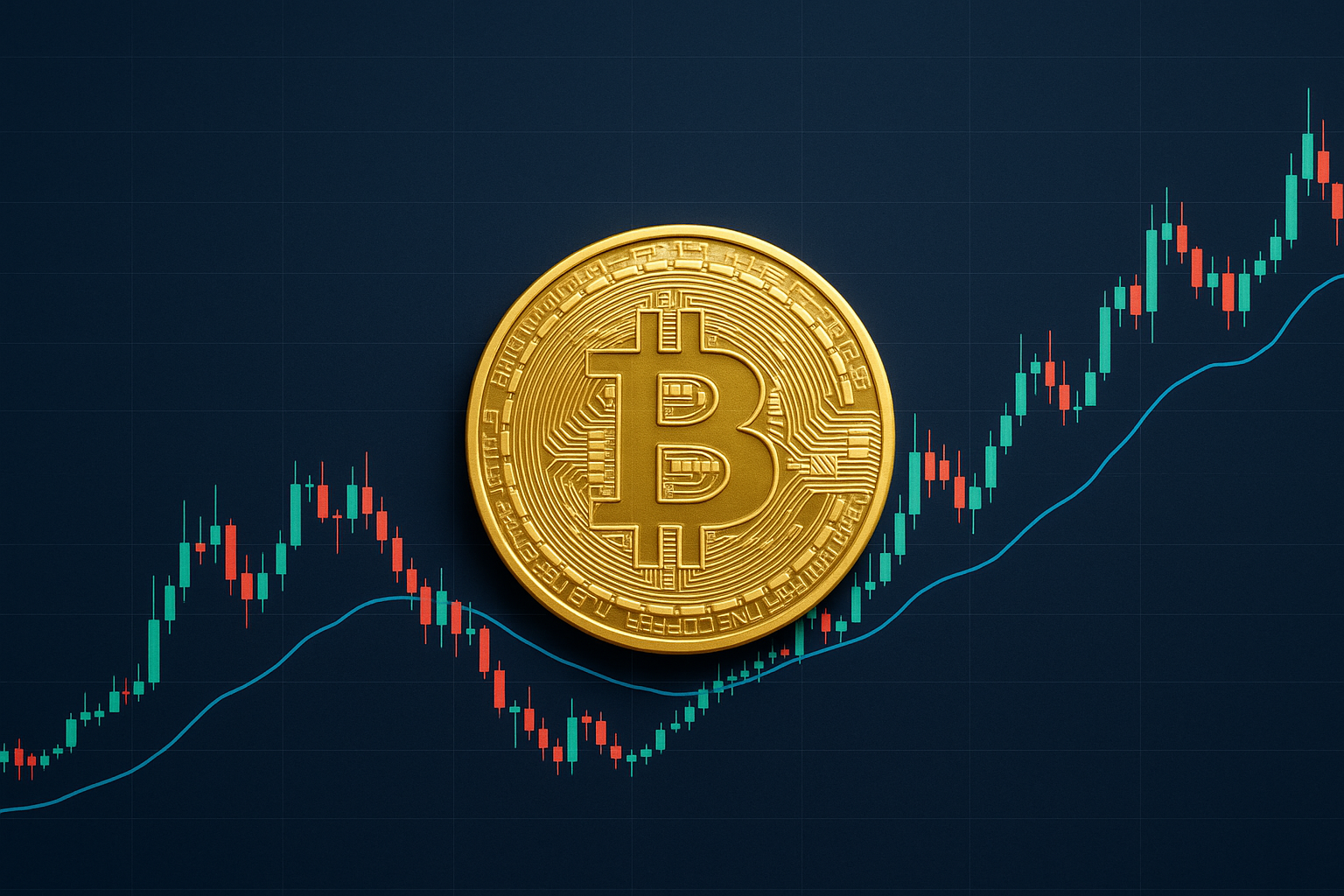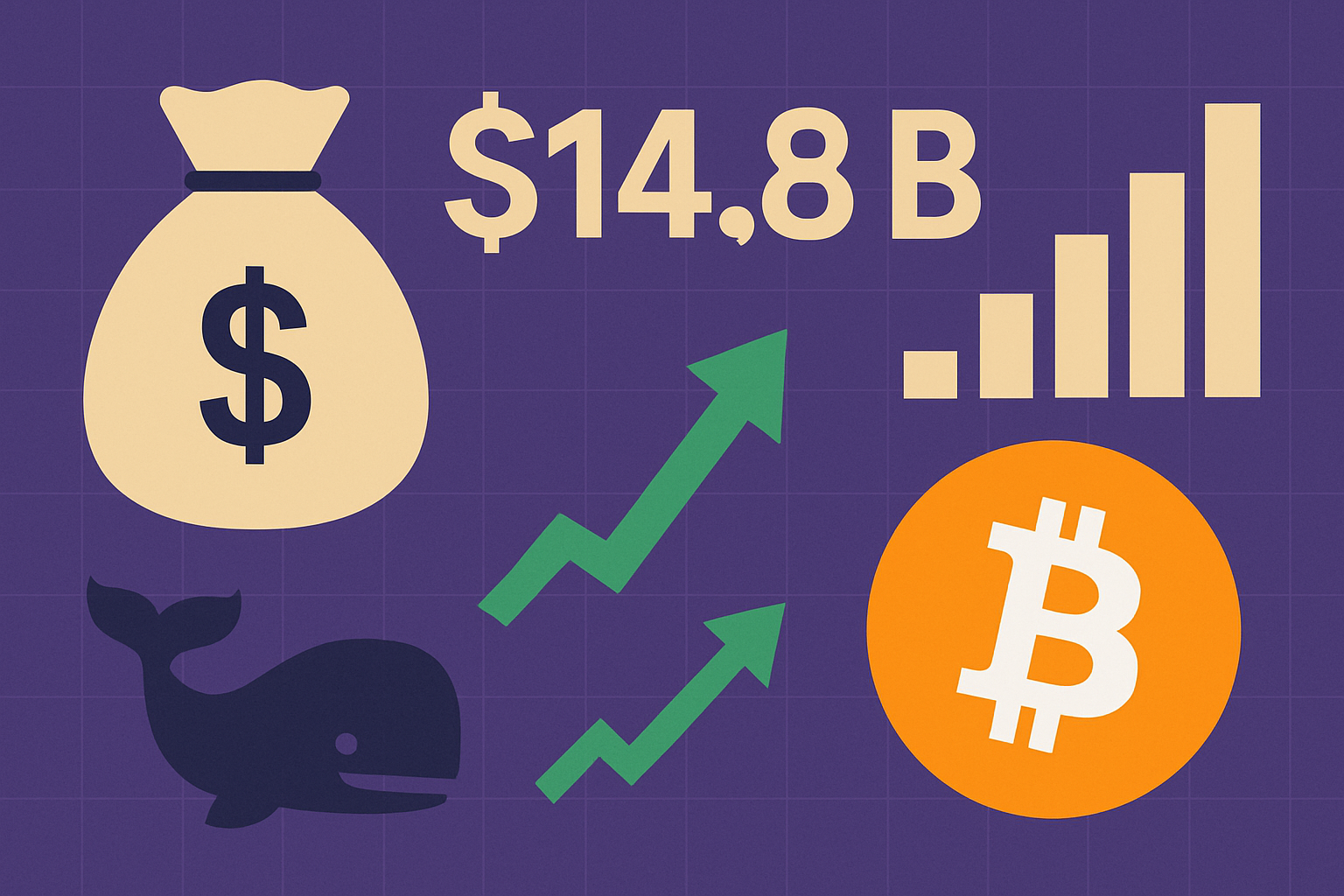Introduction
In a dramatic turn of events on April 10, 2025, Bitcoin’s price experienced a sharp surge that shook the cryptocurrency market to its core. This price spike triggered over $573 million in crypto liquidations, sending shockwaves across leveraged positions and exposing the fragility of market sentiment during volatile trading sessions. The event has sparked renewed debate around the use of high leverage, the role of institutional investors in crypto market movements, and how traders can better protect their capital during periods of extreme volatility.
Bitcoin’s rapid upward movement was unexpected for many. Despite recent macroeconomic uncertainty and market indecision, the largest cryptocurrency by market capitalization experienced a sharp rally within a few hours. This rapid price change led to forced closures of leveraged positions across centralized exchanges, especially those betting on further downside or placing high-leverage long positions expecting a smoother trajectory.
Understanding Liquidation In The Crypto Market
Before diving into the events of April 10, it’s important to understand the concept of liquidation in the crypto trading ecosystem. Liquidation occurs when a trader’s leveraged position is forcibly closed by the exchange because the margin in the account is insufficient to maintain it. With leverage, traders can borrow funds to amplify their trades, but this also magnifies their exposure to risk.
For instance, a 10x leverage position on Bitcoin means that a trader only needs to provide 10% of the trade’s value as collateral. If the price moves against the trader’s position by just 10%, the entire position can be wiped out, and the exchange will liquidate it to protect itself from losses.
This is what occurred on April 10. As Bitcoin’s price surged rapidly, many traders with short positions (betting that Bitcoin would go down) and overleveraged longs found themselves on the wrong side of the market. The cascading liquidations only added fuel to the fire, pushing prices higher and causing further forced sell-offs.
What Triggered Bitcoin’s Sudden Price Jump?
Analysts are pointing to a combination of technical breakout signals, improved macroeconomic outlooks, and aggressive short covering as potential reasons for the sudden Bitcoin price increase. Over the past week, Bitcoin had shown signs of forming a base near the $65,000 level. Traders closely watching the charts noticed an accumulation pattern forming, and a breakout above resistance was expected.
When Bitcoin broke through a key resistance level around $67,000, automated trading bots and leveraged longs joined in, pushing prices toward the $70,000 mark. This breakout caught short-sellers off guard, and as prices moved rapidly upward, stop-loss orders and margin calls began to cascade. This scenario led to a classic short squeeze where shorts are forced to buy back at higher prices, further accelerating the rally.
At the same time, sentiment among retail and institutional investors had started to shift due to improving inflation data out of the United States. Investors became more optimistic about looser monetary policy in the second half of 2025, and Bitcoin, which often acts as a hedge against fiat currency devaluation, became more attractive.
Details Of The $573 Million Liquidation
According to data collected from major trading platforms like Binance, OKX, and Bybit, the total liquidations across all cryptocurrencies exceeded $573 million in the 24-hour period ending on April 10. The majority of this liquidation occurred within a six-hour window as Bitcoin surged over 7% in a single move.
Out of the total, more than $320 million were short positions, while the remainder consisted of overleveraged longs. Ethereum and Solana also saw significant liquidations, although their price increases were more muted compared to Bitcoin.
The largest single liquidation order occurred on Binance and was valued at approximately $9.2 million. Other large positions, especially those in altcoins such as Dogecoin, AVAX, and XRP, were also closed forcefully as broader market volatility increased in response to Bitcoin’s move.
Impact On Altcoins And Broader Market Behavior
Bitcoin’s sudden spike did not occur in isolation. The overall crypto market responded with heightened volatility, and altcoins followed Bitcoin’s lead with delayed reactions. Ethereum managed to gain 3% during the same time period, while other altcoins such as Cardano, Chainlink, and Polygon recorded modest price increases.
However, the liquidation of altcoin positions was significant. This is partly due to the high level of leverage in altcoin markets, where traders often use 25x or even 50x leverage to bet on short-term price action. As Bitcoin’s rally unfolded, correlated price movements in altcoins triggered liquidations across the board.
Interestingly, meme coins like Dogecoin and Shiba Inu also spiked momentarily, as retail traders jumped into the rally in hopes of quick gains. However, these gains were short-lived and reversed within a few hours, highlighting the speculative nature of such tokens.
Lessons For Traders: Leverage Risk And Capital Preservation
The liquidation event on April 10 serves as a stark reminder of the risks involved in trading with leverage. Many novice traders are drawn to the idea of amplifying their returns with borrowed funds, but they often underestimate the speed and magnitude of crypto price movements.
One key takeaway for traders is the importance of proper risk management. Using stop-loss orders, avoiding excessive leverage, and diversifying trading strategies are essential to surviving in volatile environments. Even experienced traders are not immune to liquidation risks, especially during fast-paced market movements like the one seen this week.
For institutional investors and funds using algorithmic strategies, the incident raises concerns about the speed and impact of cascading liquidations. Some analysts argue that the growing presence of high-frequency trading bots and automated liquidation mechanisms may amplify volatility rather than reduce it.
Market Reactions And Expert Commentary
In the aftermath of the liquidation wave, market analysts and influencers offered various takes on the situation. Some applauded Bitcoin’s resilience and saw the price action as evidence of a strong bullish trend returning to the market. Others warned that such violent moves could deter institutional investors seeking more stable environments.
Market analyst Jason Wu from CryptoQuant commented, “This kind of forced liquidation creates false bullish signals. The rally is not necessarily organic—it’s a result of short-term technical movements and cascading liquidations. We need to see sustained interest before declaring a true uptrend.”
Meanwhile, crypto YouTuber and trader “InvestWithLina” tweeted, “Wiped out my short on BTC in 3 minutes. Lesson learned—don’t fade a breakout during consolidation. Painful but educational.”
Implications For The Future: What Happens Next?
With Bitcoin pushing past the $70,000 resistance and absorbing large amounts of liquidity, traders are now watching closely to see whether the rally can hold or if a pullback is imminent. Historically, such fast-paced movements tend to be followed by a cooling-off period as markets digest the volatility.
Some traders are eyeing the $72,000–$73,000 level as the next key resistance zone. If Bitcoin breaks above this area with conviction, it could signal a broader market rally into Q2 2025. On the other hand, if profit-taking kicks in and confidence wavers, prices could retrace toward the $66,000–$67,000 range.
For altcoins, much depends on Bitcoin’s trajectory. Historically, strong Bitcoin rallies initially suck liquidity from altcoins, followed by delayed altcoin surges known as “alt seasons.” If Bitcoin stabilizes, altcoins could see significant upside in the coming weeks.
Regulatory concerns are also looming in the background. With crypto gaining attention again, it’s likely that U.S. and European regulators will take a closer look at derivatives trading and leverage limits on crypto exchanges. These developments may lead to stricter guidelines in the future.
Final Thoughts
The events of April 10, 2025, were a powerful reminder of the high-risk, high-reward nature of the cryptocurrency markets. Bitcoin’s rapid ascent might be seen as a bullish signal, but the mass liquidations underscore how quickly fortunes can turn in a highly leveraged environment. For some, it was an opportunity to ride the wave and secure profits. For others, it was a painful lesson in the dangers of leverage and the unpredictable behavior of the crypto market. As crypto continues to evolve and attract new participants, both retail and institutional, understanding market mechanics and exercising caution will be more important than ever.
As we move deeper into Q2, the focus will shift to whether Bitcoin can sustain its gains, whether altcoins will follow, and how regulatory bodies will respond to growing leverage concerns in the crypto space. The next few weeks may prove crucial in defining the market’s direction for the rest of the year.













